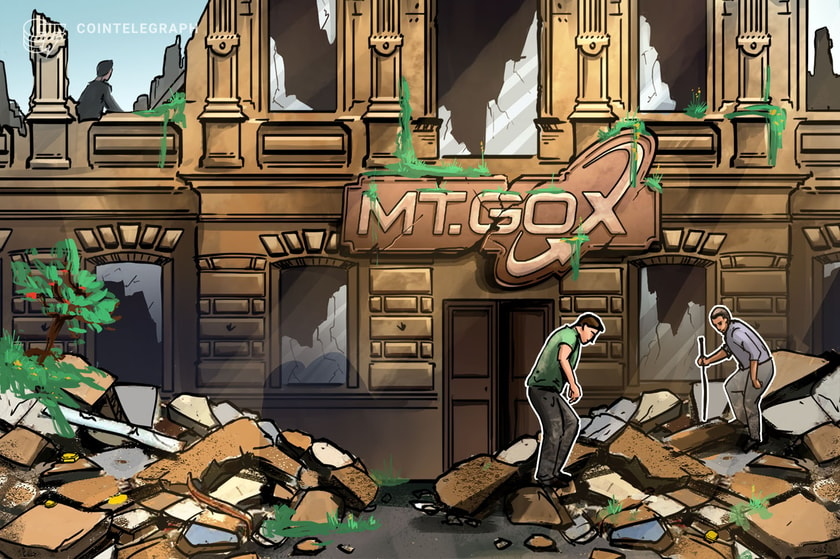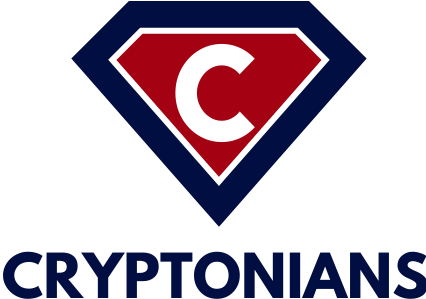Mt. Gox Bitcoin repayment: The day that never comes

Over the last decade, Mt. Gox has repeatedly postponed plans to reimburse the funds that the crypto exchange had barred its users from withdrawing since Feb. 25, 2014.
Mt. Gox’s infamous 2014 security breach — which lost 850,000 Bitcoin (BTC) of investors’ funds — resulted in its users embarking on a seemingly never-ending, decade-long pursuit of closure via funds reimbursement.
Over the years, Mt. Gox has repeatedly postponed plans to reimburse the funds that the crypto exchange had barred its users from withdrawing since Feb. 25, 2014.

However, with Mt. Gox postponing its repayment deadlines by one more year, from Oct. 31, 2023, to Oct. 31, 2024, the wait for redressal extends into the 11th year for Mt. Gox investors.
Mt. Gox 2014: The year of the largest Bitcoin hack (Avg. BTC price $420)
Days after Mt. Gox lost 850,000 BTC in the February 2014 breach, leaked documents revealed that the crypto exchange became insolvent. It read:
“The cold storage has been wiped out due to a leak in the hot wallet. The reality is that MtGox can go bankrupt at any moment, and certainly deserves to as a company.”
It was generally assumed that the fall of Mt. Gox would mean the end for Bitcoin, considering that the exchange managed 70% of the total circulating Bitcoin at the time. Mt. Gox filed for bankruptcy protection in Tokyo District Court, Japan, after losing nearly $500,000 in value.
The exchange was soon hit by numerous lawsuits as investors feared the possibility of Mt. Gox’s intention to return investors’ funds. The sentiment of mistrust grew over the year as Mt. Gox revealed no plans for reimbursement while deleting its website and social media presence.
Mt. Gox 2015: Back and forth with Tokyo court (Avg. BTC price $260)
Amid its ongoing bankruptcy proceedings in Tokyo District Court, Mt. Gox CEO Mark Karpelès was arrested without charge for 23 days by the Japanese police for allegedly manipulating the computer system to inflate his account. Authorities found it hard to link criminals to crypto crimes due to the lack of cryptocurrency regulations.
On April 22, 2015, Mt. Gox’s bankruptcy trustee, Nobuaki Kobayashi, instructed users to file a claim for their missing Bitcoin via mail or a form that could be accessed with a Mt. Gox login and password.
It was believed that Mt. Gox would return around 20% of the users’ funds, considering the fall in Bitcoin’s market price.
Mt. Gox 2016: Investors go through the claim process (Avg. BTC price $620)
Mt. Gox revealed that only $91 million in assets were slated to be distributed to claimants. However, not all investors agreed with Mt. Gox’s alleged plans to reimburse a small portion of funds. As a result, the total claims for reimbursement reached $2.4 trillion, even though the loss was around $500,000.
This was also the year when the idea of storing cryptocurrencies in cold wallets got much-needed attention from the crypto community.
After being arrested twice in 2015 under the allegations of embezzlement of $3 million of customers money, Karpelès was released from jail on July 13, 2016, after paying a bail bond of nearly $100,000.
Mt. Gox 2017: Legal struggles and introduction of Karpeles coin (Avg. BTC price $5,000)
Discussions around funds reimbursement were overshadowed by the legal proceedings against former Mt. Gox CEO Karpelès’ involvement in funds embezzlement.
Karpeles admits operating Willy bot, now called an “obligation exchange”, but says it was for good of company so not illegal #KarpelesTrial
— Kolin Burges (@The_K_meister) July 11, 2017
During the trial, Karpelès admitted to operating a so-called “Willy Bot” (obligation exchange). The bot earned its name from Mt. Gox traders concerned about the manipulation of the exchange’s volumes at its peak.
On Nov. 28, 2017, Karpelès introduced his plans to conduct an initial coin offering (ICO) to raise $245 million to “revive” Mt. Gox. However, Karpeles discarded the decision after learning about the legal hurdles around launching an ICO campaign.
Mt. Gox 2018: A slow year for creditors (Avg. BTC price $7,000)
Following a strong price recovery in 2017, on Aug. 1, 2018, Mt. Gox revised its basic policy for preparing a rehabilitation plan. It read:
“Mt. Gox is not capable of returning all BTC deposited by creditors. Accordingly, we consider that all assets of Mt. Gox should be distributed to creditors and not to shareholders.”
At the time, the exchange believed that most of the assets, including approximately 166,000 BTC and 168,000 of Bitcoin Cash (BCH) and other derivatives currently held by Mt. Gox, should be paid to creditors at the time of the first payment.
Despite the ongoing discussion, a resolution was never reached that could satisfy legal and creditors’ requirements.
Mt. Gox 2019: Plan extensions and delays (Avg. BTC price $8,000)
The anticipation around Mt. Gox peaked as a rehabilitation plan was seemingly underway.

However, Mt. Gox requested the Tokyo court to extend the deadline for the submission of the rehabilitation plan. On Oct. 25, 2019, the Tokyo District Court issued an order to extend the deadline for a rehabilitation plan from Oct. 28, 2019, to March 31, 2020.
Mt. Gox 2020: Plan extensions and delays (Avg. BTC price $11,000)
Going against the five-year-long trend of delaying reimbursements to users, in early 2020, New York-based private equity firm Fortress offered to buy out creditor claims from Mt. Gox. Had the deal gone through, eligible creditors would have received $1,293 for every Bitcoin they owned on the exchange’s wallet.
By March, Mt. Gox issued yet another draft rehabilitation plan, which revealed its plans to liquidate cryptocurrencies other than BTC and BCH. However, investors were made to wait much longer after the Tokyo court approved Mt. Gox’s request for another extension, citing “matters that require closer examination.”
The court heeded the motion, thereby postponing the Mt Gox Bitcoin settlement date to October 15, 2020, which was later pushed further into the next year.
Mt. Gox 2021: Bitcoin bull run creates hopium (Avg. BTC price $37,000)
On Oct 20, 2021, Mt. Gox creditors approved a rehabilitation plan to compensate them for billions in lost Bitcoin. According to Mt. Gox trustee Nobuaki Kobayashi, roughly 99% of the creditors affected by the collapse sided with the latest reimbursement plans.
With Bitcoin reaching an all-time high of $69,000, it was popularly believed that the value held in Mt. Gox’s Bitcoin stash could suffice to reimburse complete losses for the investors.
Amid positive investor sentiment, users awaited further instructions as they waited for the approved plans to unfold.
Mt. Gox 2022: Registrations for reimbursement contiues (Avg. BTC price $42,000)
The enthusiasm from 2021 seeped into this year as investors lined up to provide details for registering repayment methods.

It was also rumored that the release of 150,000 BTC could create a ‘black swan’ event for the Bitcoin ecosystem. The Mt. Gox creditors were given until January 2023 to register and select a repayment method as part of the plan by which they will be compensated for their losses.
Related: Mt. Gox repayment date looming: Is Bitcoin in trouble?
Mt. Gox 2023: The day that never comes (Avg. BTC price $27,000)
The deadlines for reimbursement registrations got pushed into the future twice in 2023. However, on April 7, Mt. Gox trustee Kobayashi stated that the deadline for creditors to provide their repayment information — clarification of payee and payment type — has passed.
To the creditor’s disappointment, Mt. Gox changed repayment deadline to October 2024.
Mt. Gox has not yet responded to Cointelegraph’s request for comment about its commitment to reimburse users’ funds. In a Sept. 21 letter, Kobayashi wrote that, with the permission of the Tokyo District Court, he had extended the deadline for the base repayment, the early lump-sum repayment and the intermediate repayment.
Magazine: ‘AI has killed the industry’: EasyTranslate boss on adapting to change

